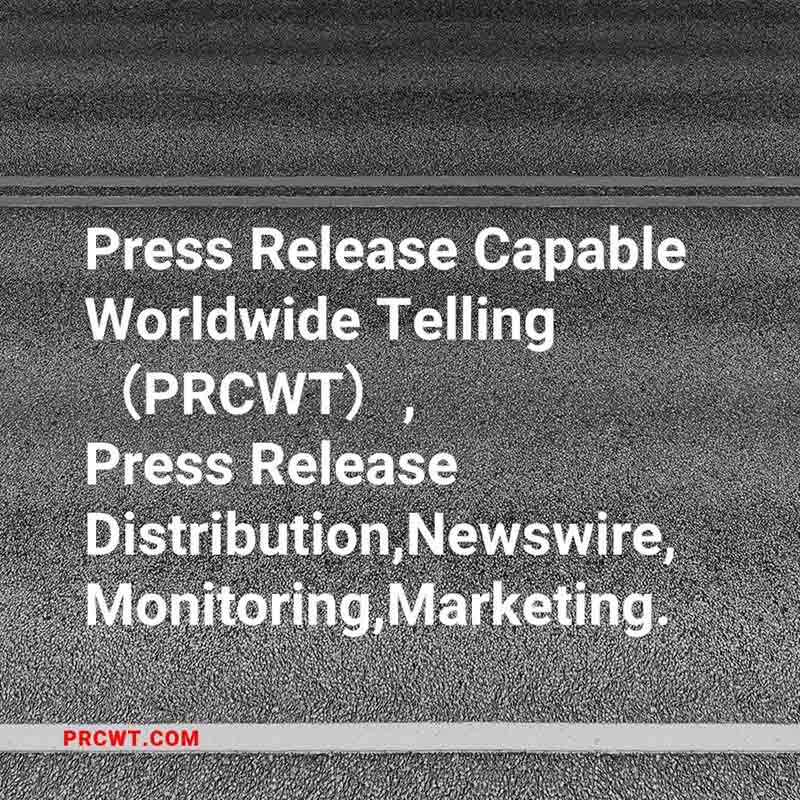In today's highly competitive marketplace, brands are no longer just names or logos. They are powerful storytellers that have the ability to connect with consumers on an emotional level and create a loyal following. The way brands communicate their values, mission, and vision has a significant impact on their success. In this article, we will explore the importance of brand storytelling and how it can be used to drive growth and build brand equity.
Branding is not just about creating a logo or slogan; it's about creating a perception in the minds of consumers. A strong brand can differentiate a company from its competitors and create a sense of trust and loyalty among customers. Storytelling is a powerful tool that can be used to convey a brand's message and values in a way that is engaging and memorable. By telling a story, brands can create an emotional connection with consumers and build a relationship based on trust and authenticity.
One of the key elements of successful brand storytelling is to have a clear understanding of your target audience. What are their needs, desires, and pain points? What values are important to them? By understanding your target audience, you can create a story that resonates with them and addresses their concerns. For example, if your target audience is millennials who are concerned about the environment, you might tell a story about how your company is committed to sustainability and reducing its carbon footprint.
Another important aspect of brand storytelling is to be authentic. Consumers can sense when a brand is trying to be something it's not, and this can lead to a loss of trust. Instead, brands should focus on telling their own unique story and highlighting their values and mission. This can be done through a variety of channels, including social media, advertising, and content marketing.

In addition to being engaging and authentic, brand stories should also be concise and easy to understand. In today's fast-paced world, consumers don't have the time or patience to read long, complex stories. Instead, they prefer stories that are short, sweet, and to the point. Brands should focus on telling a single, powerful story that can be easily remembered and shared.
One of the best examples of successful brand storytelling is Apple. Apple's brand story is all about innovation, simplicity, and design. Their products are not just tools; they are works of art that are designed to enhance the user experience. Apple's marketing campaigns often tell a story about how their products can change people's lives and make them more productive and creative.
Another example is Coca-Cola. Coca-Cola's brand story is all about happiness, togetherness, and sharing. Their advertising campaigns often feature families, friends, and communities coming together to enjoy a Coca-Cola. Coca-Cola's story is not just about selling a soft drink; it's about creating a sense of community and belonging.
In conclusion, brand storytelling is a powerful tool that can be used to drive growth and build brand equity. By telling a story, brands can create an emotional connection with consumers and build a relationship based on trust and authenticity. To be successful, brands need to have a clear understanding of their target audience, be authentic, concise, and engaging. By following these principles, brands can create stories that resonate with consumers and help them stand out in a crowded marketplace.